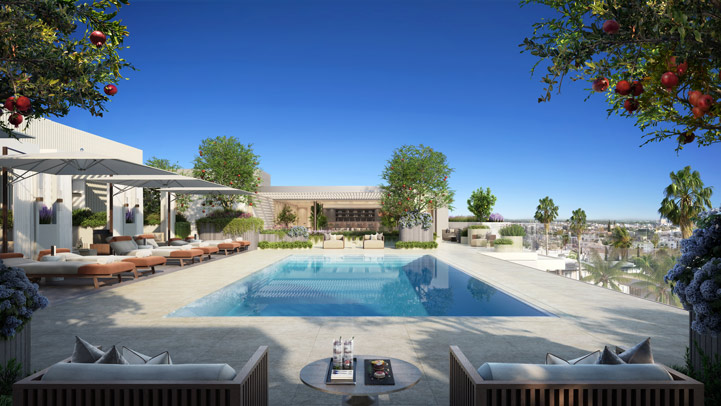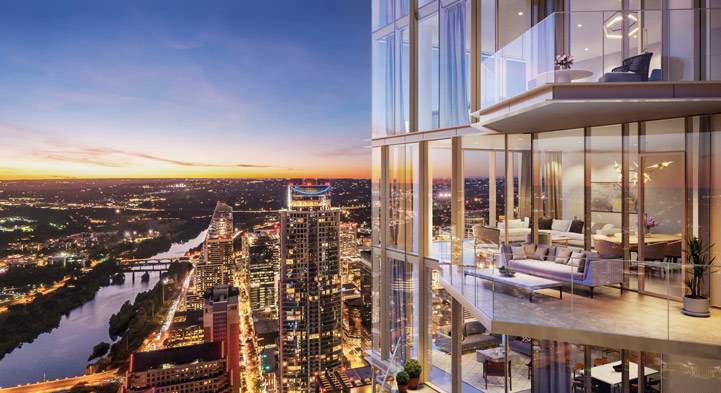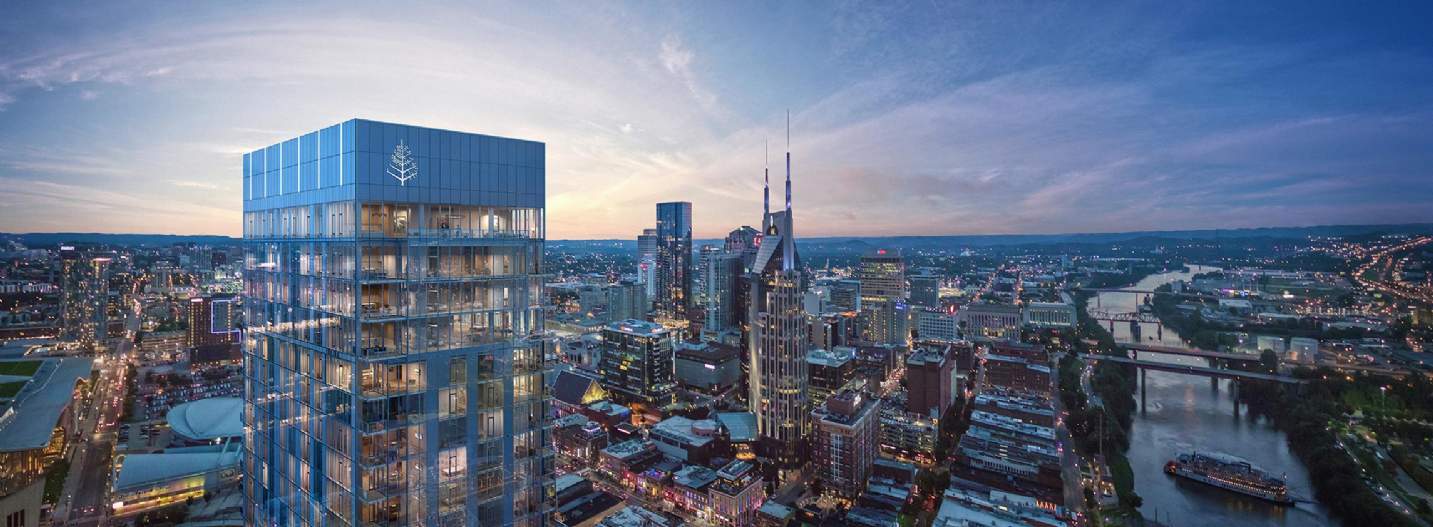Branded residences originated in the Americas, with rapid expansion still seen in South Florida and São Paolo leading the way
Blazing trails
With the concept of branded residences originating in North America, it is unsurprising that schemes in North America historically comprised the greatest share of total global supply.
In fact, North America alone accounted for over 50% of the total global schemes until 2015, and the Americas as a region accounted for more than half of total schemes until 2020. Though growth has tapered and is forecast to remain lower than other faster-growing regions, the sub-markets across North America remain attractive for brands and developers.
The sector is mature with a proven track record of resilient performance for different branded residence concepts, and solid demand for the product has been underpinned by a rising amount of private wealth and brand recognition.
When examining the top locations for branded residences across the Americas, there is a fairly even split between resort and urban locations. South Florida and New York City top the list for completed and pipeline schemes, followed by Los Cabos and São Paulo.
As seen in other locations worldwide, resort markets tend to have higher growth figures, with resort markets in the top 15 locations for the Americas having an average growth of 102% by 2030, compared to an average growth of 48% for more urban markets.
With nearly 40 completed schemes and roughly 20 in the pipeline, South Florida is the leading sub-market for branded residences in the Americas, with 15 more operating residences than New York City. Through offering both hotel and non-hotel schemes, South Florida is able to appeal to a greater number of prospective purchasers in the branded residential space.

Mandarin Oriental Residences, Beverly Hills, USA
Across the Americas, the branded residential sector has historically been dominated by schemes from luxury hotel brands. Luxury brands currently account for 60% of the total supply, and by the end of the forecast period the total number of operational luxury, hotel-branded schemes is forecast to increase by 57%. However, as with trends observed in other regions, the sector continues to grow and diversify with players from an increasingly diverse number of hotel and non-hotel brands.
As branded residences become more established and demonstrate their value proposition, the sector attracts interest from a wider and more diverse buyer base. New concepts have emerged that cater to users with different requirements, lifestyles and demographics.
Design-oriented brands account for the largest share of non-hotel brands across the region, a segment that is also forecast to grow by an additional 62% by the end of the pipeline period. Other fast-growing sectors from non-hotel brands include the fashion and food & beverage segments, with each forecast to increase by more than 200% – though they are growing from lower bases.
Across the world, emerging markets and resort locations are driving the pipeline for both hotel and non-hotel branded schemes. The rapid expansion of branded residences in economies such as São Paulo is driven by increasing numbers of high-net-worth individuals (HNWIs) who are interested in purchasing branded residences for their lifestyle and trophy status.

Conrad Residences Austin, USA
Often when a branded residence is compared to similar non-branded product, the selling price for the branded residence can command an attractive premium. The highest premiums are typically calculated in emerging markets, where luxury brands appeal to growing numbers of HNWIs. Global cities and other established locations, with tighter competition at the top end of the market, may have lower premiums.
Across the Americas, branded residences can be found in well-established global cities, resorts, and emerging markets. However, the region is dominated by well-established locations, which results in a premium of 25% compared to the global average of 30%. Despite this, each market is unique and Savills possesses a customised, premium analysis model to evaluate local premiums.
Outlook
The global market for branded residences is continuing to expand, with brands looking for new locations to grow their portfolios. Affluent, globally-mobile individuals will continue to drive demand for branded residences. It’s expected that demand for branded residences will remain strong in key established markets and global cities across the Americas. Such destinations are business and education hubs, while also offering great lifestyle, culture and unique experiences for prospective buyers and their families, as well as opportunities for capital preservation and growth.
For the Americas, branded residences will benefit from growth across all key market types, from global cities such as New York and Los Angeles, to resort locations along Costa Maya and the Caribbean, reaching as far as São Paulo.
This demand may be partly domestic, as mobile individuals value seamless, reliable management of their properties. The majority of demand will likely be underpinned by the growing high-net-worth community and their desire to split their time across multiple locations to prioritise their quality of life and enjoy the flexibility that hybrid working provides. These individuals are also less likely to be adversely affected by higher interest rates or other economic headwinds and are likely to continue to be on the lookout for branded residences.
For more detail on the global branded residences environment and to read our Developer Roundtable, please see our main publication:
Spotlight: Branded Residences 2022
Spotlight: Branded Residences – EMEA
